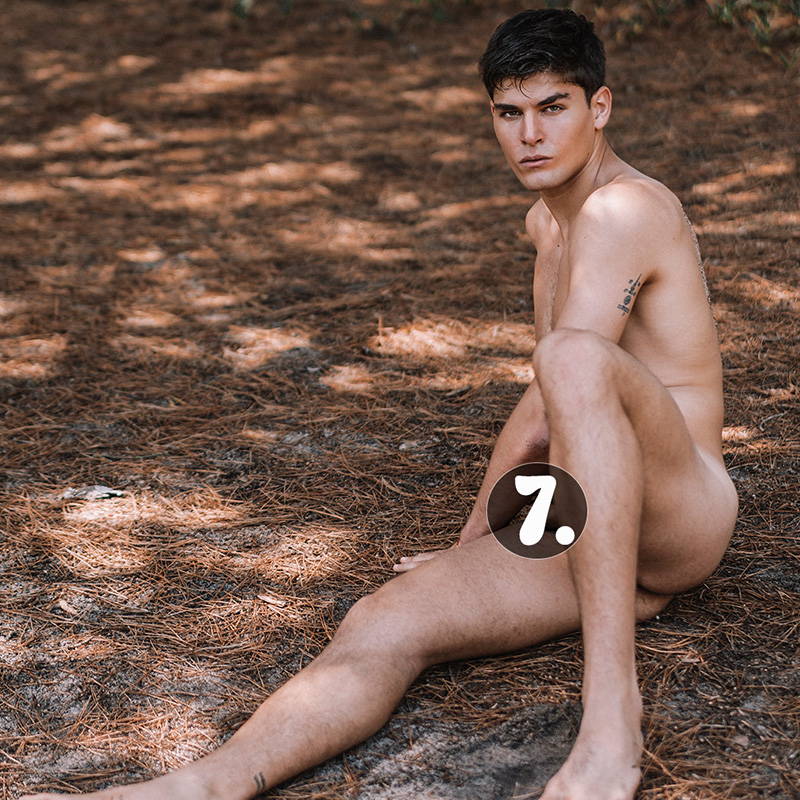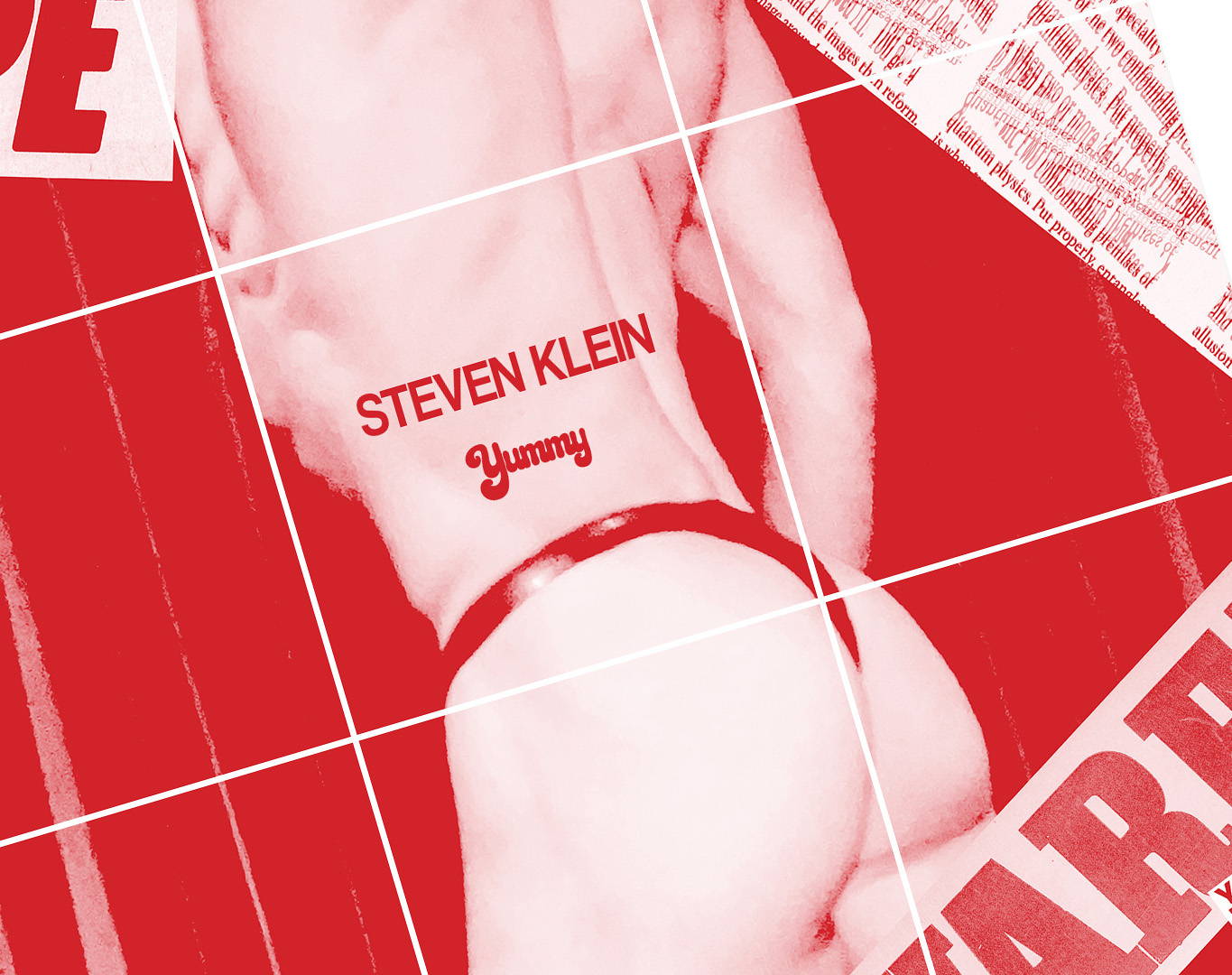ADRIAN GOMIS EXPOSITO. Your roots are in Finland, but I believe you’ve lived in multiple cities across the globe and you also are a polyglot. Firstly, could you tell us about yourself and why you have such a multicultural background? How many languages do you speak?
TOMI MIKAEL LAPPI. I'm Finnish, born in Germany, raised in Finland, spent my early 20s in London, and lived in Spain from 2017 until recently. The real story is far less linear, with some back-and-forth movement and singular random months here and there. My mother is Finlandssvensk (a Swedish-speaking Finn) and speaks four languages, and my dad spoke three, so I guess it runs in my blood. My brother and I were raised in two mother tongues, Finnish and German. English, Swedish, and French were added to the mix early in school, and I also have some Swiss and Italian families, so I was exposed to those languages too at an early age.
I would argue that the biggest factor in my upbringing that made it easy for me to pick up languages is that in our family, no one was ever judged if they didn't get it perfect. I've concluded that all you really need to pick up a language is courage and some self-compassion. I speak Finnish, English, and Spanish daily. My German is fluent, though it often catches me off-guard since I don't use it much. My Swedish is very rusty. I still understand Italian and French well, but learning Spanish pretty much replaced my skills in those languages due to the similarities. I'm a bit of a nerd when it comes to linguistics and language.
A.G.E. I feel like you’re a very interesting person, not only because of what we’ve just talked about, which is honestly quite impressive, but because you’re very dynamic. You’re a model, actor, and dancer. How did you start in all these disciplines?
T.M.L. It was actually my dad who took me to my first dance class when I was 6 years old. He was an ice hockey coach, and my brother played hockey, so I guess he was more nervous than I was. I was obsessed with 'The Shoop Shoop Song' by Cher, and I loved the sound of dancing shoes hitting the wooden floor. That was motivation enough for me. It all began 25 years ago, and dancing is still one of my closest companions, sometimes my worst enemy. When you attach expectations, make a living, and tie your sense of worth to a passion, you have to battle quite a few demons.
I've fallen in and out of love with dance more times than I can count. I made it my priority to figure out who I am and what I'm worth, regardless of whether I'm getting paid for dancing or not. Acting started as a hobby when I was 11, along with singing and playing the drums, and they all accompanied me through my adolescence. Dancing was my number one, and while it provided energy and income, there was little space for anything else to come in until Human Design and mentoring came along.
Modeling was a dream of mine that seemed unlikely to come true. I was an awkward-looking boy from a small country, definitely a late bloomer. I started modeling in my early 20s when I was scouted on the streets, but I had a very different look back then—more on the androgynous side, super skinny, but not the typical fashion model type. I never really managed to break into the industry. From age 26 or 27, my physique and look changed a lot, and I became more centered within myself. I was lucky to have opportunities to work with super inspiring people and photographers without the pressure or expectation of it having to lead to something. Now I enjoy having a pretty balanced and healthy relationship with modeling, and I'm excited for what's to come. I enjoy it way more than I did when I started out.
A.G.E. Besides all these skills you have, you’ve also mentioned Human Design. Could you tell us about this fascinating subject, what it is about, and what you do?
T.M.L. To sum it up, Human Design is a hybrid combination of four ancient spiritual tools: Western Astrology, Kabbalah, The Chakra System, and the Chinese I Ching. While it's based on neutrinos being filtered or not through planetary energies at the moment of birth, esoterically, it's more like the contract your soul makes to decide which energies it will have constant access to in this lifetime and which ones it wants to play with and absorb from the exterior. I know all of this might sound out there and woo-woo, but whether it resonates or sounds like nonsense to the reader is kind of irrelevant. One can still be open to experimenting with it and take it as a fresh perspective on oneself.
I've always been passionate about self-help and self-discovery, embracing the scientific, psychological, and spiritual aspects. What made me fall in love with Human Design is that it's esoteric yet tangible and easily applicable. It's important to note that these modules are not a substitute for professional therapy or addressing mental health issues. However, the combination of Human Design and good mentoring, along with access to a wide variety of tools, can be incredibly helpful for anyone interested in better understanding themselves. We often lack objectivity when it comes to self-reflection, so having the right people and tools around us to provide positive and empowering mirrors can be a game-changer.
A.G.E. I really loved that in our first chat, you mentioned that you’re trying to create the archetype of beauty and brain, or how to use your physical appearance as the Trojan horse. What do you really mean by this?
T.M.L. This is actually something a good friend of mine mentioned at a dinner table while she was talking about my Instagram account to her friends, and it led to a significant shift in perception for me. One of my biggest internal battles has been finding an organic way of adjusting what I publicly share about myself to include both sides of me. There's one aspect that's more 'superficial' which involves posing in speedos or without anything and working in entertainment, show business, and modeling. On the other hand, there's the side of me that's more interested in the cognitive, intellectual, and spiritual aspects of life. This side has a lot to offer if not more than the other. I constantly struggled to combine these two aspects and found myself polarizing into one or the other.
While I haven't completely figured it out yet, what my friend meant with the "Trojan horse" analogy is this idea of luring people in with what's on the exterior or what first meets the eye and then revealing something completely different on the inside. People's first impression of me is rarely even remotely accurate until we have a conversation, and now I've learned to just roll with it. So, on social media, for example, the more important the message I want to share in a caption, the more visually captivating the photo is likely to be.







